2019-07-06
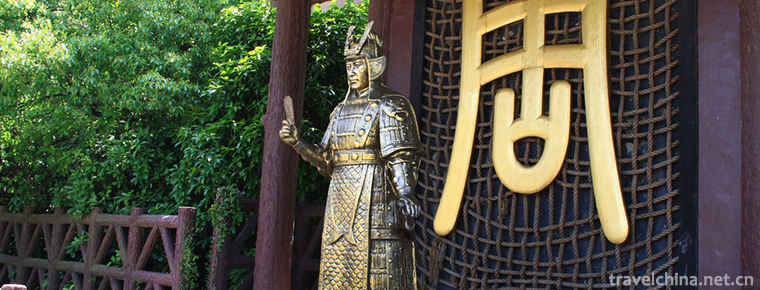
- By ChinaWiki.net
- Chinese Edition
- 2018-12-06
The Wuxi Film and Television Base of CCTV was originally built by CCTV to shoot "Tang Ming Huang", "Romance of the Three Kingdoms" and "Water Margin". Now it has three scenic spots, namely "Tangcheng", "Three Kingdoms" and "Water Margin City". The Wuxi Film and Television Base of CCTV is the first large-scale film and television shooting and tourism base in China. It is located at No. 128 Shanshui West Road, Binhu District, Wuxi City, Jiangsu Province, China. It was established in 1987. The scenic area covers an area of about 100 hectares, with a surface area of 200 hectares. It is one of the 5A-level scenic spots in China. The property right of Wuxi Film and Television Base of CCTV belongs to Wuxi Film and Television Base Branch of China Central Television Media. It is the first theme park in China that combines film and television culture with tourism. It is also the first 5A class tourist attraction in China.
The Wuxi Film and Television Base of CCTV has a large-scale group of classical buildings, which are carefully researched and designed by experts and truly reproduce the architectural style under the historical background at that time. Every day, more than 20 horse battles, singing and dancing, film and television special effects programs are performed in succession, focusing on the classic stories in historical masterpieces such as The Romance of the Three Kingdoms and Water Margin. In the scenic area, a new project called "Taihu Lake Tour by Ancient Ships" has been launched. With its cultural tourism products, Wuxi Film and Television Base receives more than 2 million tourists and more than 30 film and television production teams every year.
The Wuxi Film and Television Base of CCTV was founded in 1987. In accordance with the principle of "building with theatre", CCTV established three scenic spots of Tangcheng, Three Kingdoms and Water Margin in order to shoot TV series "Tangming Emperor", "Romance of Three Kingdoms" and "Water Margin".
In June 1997, based on the assets of Wuxi Film and Television Base, CCTV set up a listed company, China Television Media Co., Ltd. (stock code 600088). Wuxi Film and Television Base has become the direct branch of China Television Media Co., Ltd. and CCTV holds 57% of the shares of China Television Media. In May 2007, it was awarded the first batch of "5A class tourist attractions" in China.
The Wuxi Film and Television Base of CCTV is mainly divided into three parts: Tangcheng, Three Kingdoms and Shuihucheng. The scenic area covers nearly 100 hectares.
Tangcheng is located at the foot of Dafu Mountain in the southwest suburb of Wuxi City, 3 kilometers north of Wuxi Film and Television Base. It is the scenic spot's exterior base. There are two tall towers in Tang City, called Quelou. The main function of the Quelou is to observe and look at the soldiers on guard. Generally, it is only used as ornament and decoration, which is dignified and magnificent. Tang Poetry Stele Forest in Tangcheng is composed of nearly 100 Tang poems written by famous domestic calligraphers such as Chen Dayu, Zhang Ding, Zhao Lengyue, Ouyang Zhongshi, Tong Wei, etc. It contains teaching and entertainment, so that visitors can fully enjoy the edification of Tang culture. Tangcheng's scenic spots blend with poems, calligraphy and stele inscriptions, fully demonstrating the beauty of Tang poetry.
Three Kingdoms City is located 730 meters southwest of Wuxi Film and Television Base. There are two stone carvings in Chengmen Square of the Three Kingdoms, which are called Tianlu and Eliminating Evils. In legend, both Tianlu and Jianxie are ancient gods and beasts, which have the meaning of auspiciousness and festivity. After entering the Three Kingdoms, visitors will see the tall and magnificent gate tower, which is the shooting scene of Zhuge Liangzhi's empty city plan in the Romance of the Three Kingdoms. On the right side of the gate tower of the Three Kingdoms is a group of sculptures of the Three Kingdoms. The sculptures were built after the completion of the Romance of the Three Kingdoms. In the middle are the characters of Shu State, including Liu Bei, Guan Yu, Zhang Fei, Zhuge Liang, Zhao Yun, etc. On the right are the troops of Sun Quan of Wu State, and on the left are the troops of Wei State. Tourists can appreciate the heroes of the Three Kingdoms Period. Elegant demeanor.
Shuihucheng is located 520 meters northeast of Wuxi Film and Television Base. The architecture of Shuihucheng distributes from east to west, which is mainly divided into Liangshan District, Prefecture and County District and Jingcheng District. Cuixian Tower is located in the center of Shuihucheng Square. At that time, it was the largest restaurant in Hebei Province. There are hundreds of pavilions on the three eaves of the whole building. It is a large-scale landmark building of Daming Mansion. Behind Cuixian Tower is Zishi Street. Walking on this street, visitors can immediately feel the strong breath of life and commerce. There are auspicious gambling hall, Zhuji Hotel, Wudalang cooking shop, Wangpo Teahouse and Zheng butcher shop. The integration of these houses and shops has greatly increased the interest of decorating this street. Tourists can experience it properly. The local conditions and customs of the land.
Wuxi Film and Television Base is located at 128 Shanshui West Road, Binhu District, Wuxi City, Jiangsu Province, China.
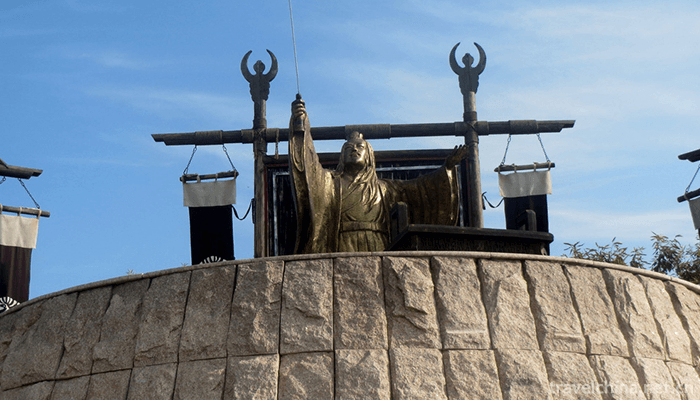
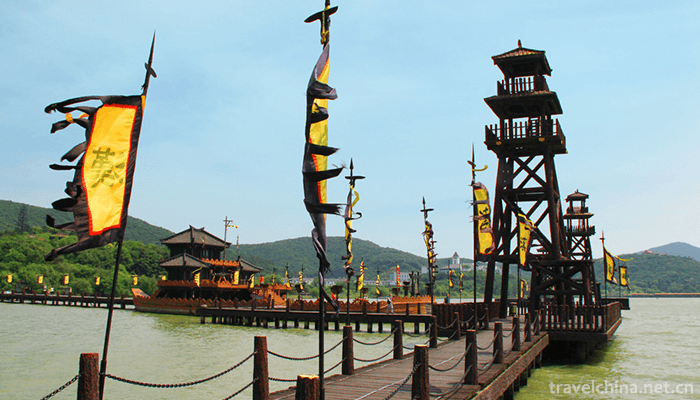

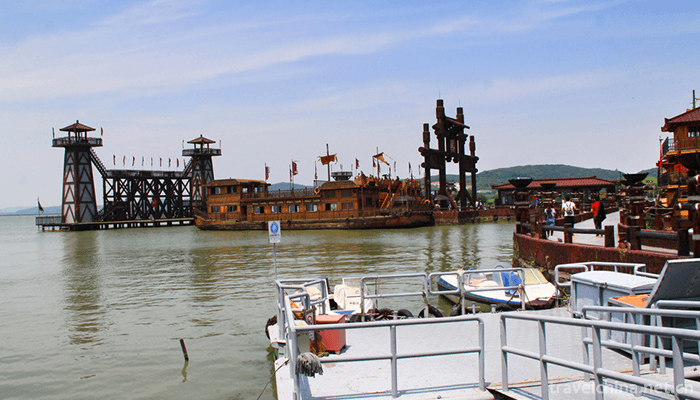
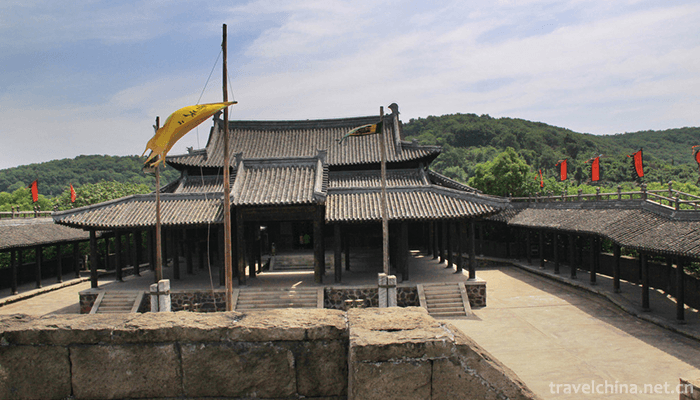
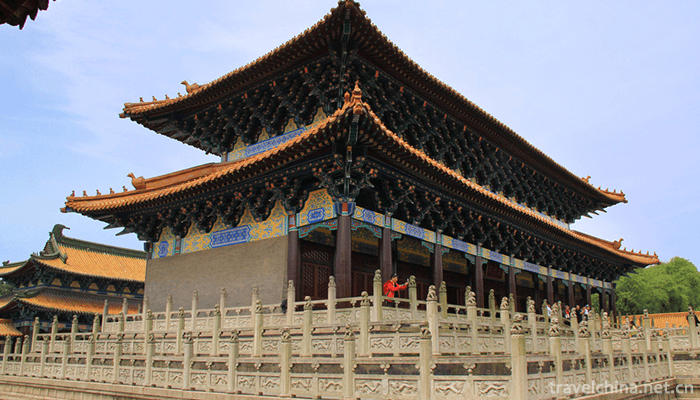
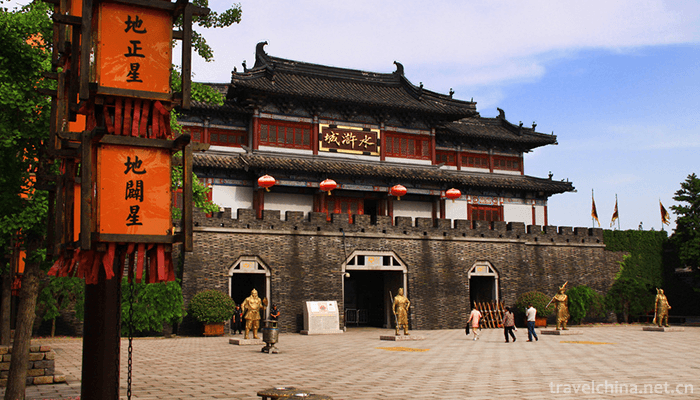
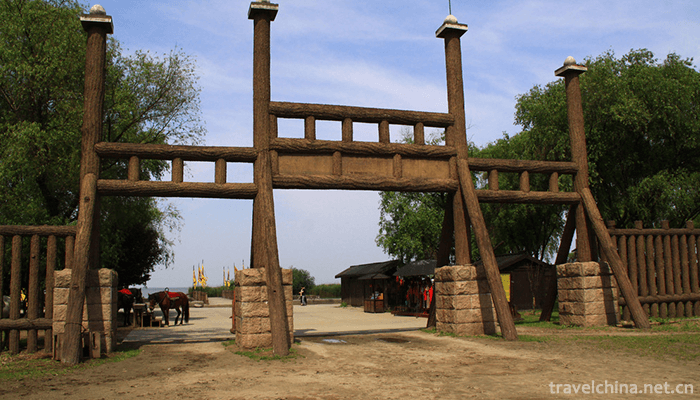
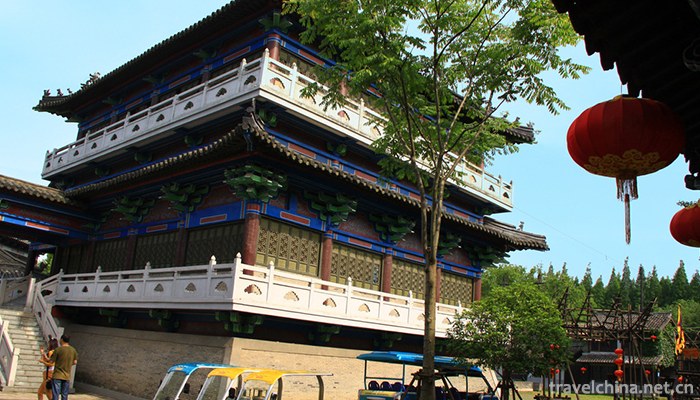

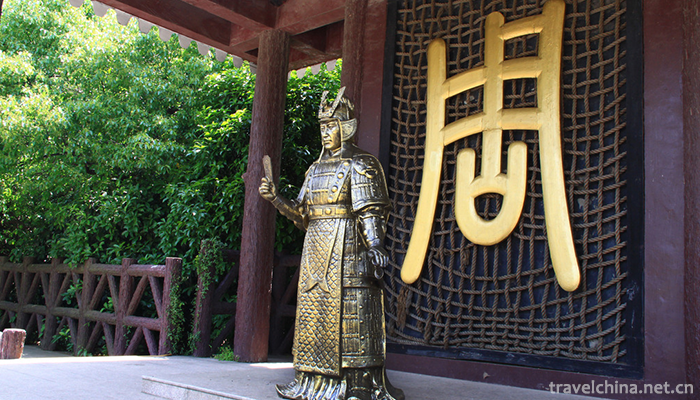
Ask a Question
Your email address will not be published.
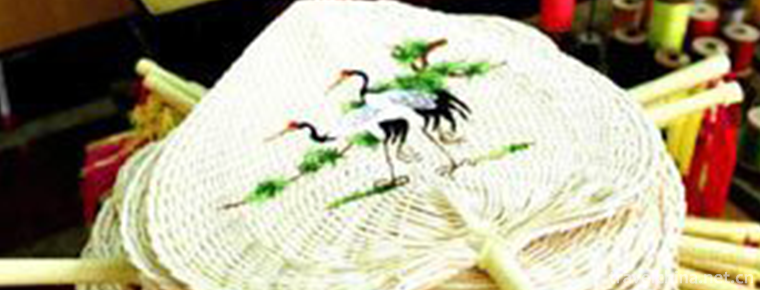

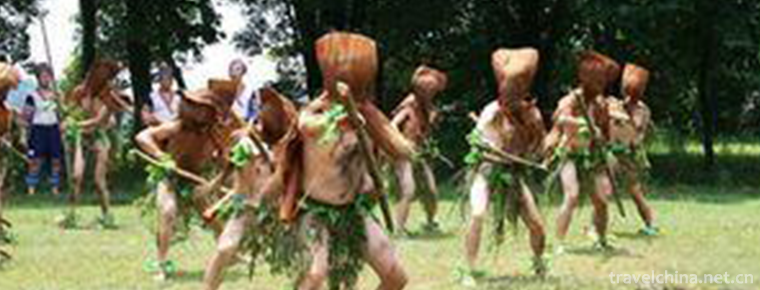
0 Questions